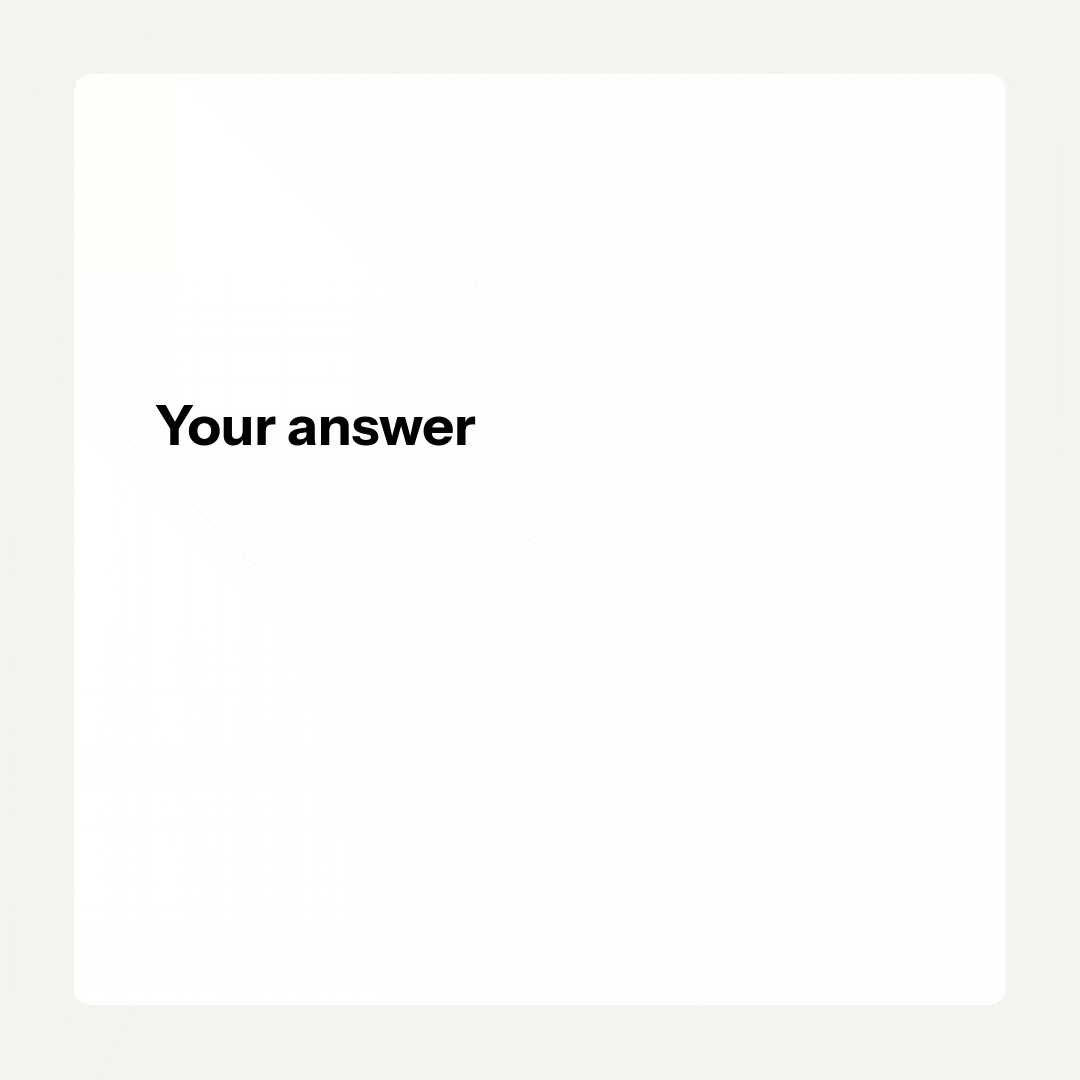
The conversation around the teacher shortage in Australia and New Zealand has shifted from a looming concern to an everyday reality. You’re feeling it on the ground—in the unfilled positions, the stretched resources, and the constant logistical puzzle of timetabling.
The numbers bear this out. The federal government in Australia has projected a shortfall of over 4,000 high school teachers by 2025 [1]. Across the Tasman, the New Zealand Ministry of Education has also projected a shortage, with an estimated 500 secondary teachers needed in 2025 [2].
This isn’t just about empty classrooms; it’s about the innovative and often difficult solutions schools are forced to adopt. At the forefront of these challenges is the growing prevalence of “out-of-field” teaching, where a teacher is asked to step in and lead a class in a subject they are not trained to teach.
While this demonstrates the incredible adaptability of our teachers, it’s not a sustainable or ideal solution. For example, the current shortage of language specialists is particularly acute, with one Queensland survey revealing that 44% of schools reported a shortage of language teachers [3]. In New Zealand, a recent survey found that a staggering 56% of principals have teachers working in non-specialist areas, the highest figure on record [4]. This means a qualified English or humanities teacher might suddenly find themselves trying to deliver a French, Japanese, or te reo Māori curriculum.
The pressure to master a new subject, develop resources, and keep students engaged is an immense burden on an already overstretched professional. The issue is widespread, with recent Australian research citing data from the Australian Institute for Teaching and School Leadership (AITSL) indicating that up to 40% of mathematics teachers and 36% of humanities teachers are teaching out-of-field [5].
It’s time that the conversation moves beyond simply identifying the problem to exploring practical tools that can support our educators. The reality of out-of-field teaching calls for creative solutions that lighten the load on staff. This includes access to high-quality, pre-built resources, technology that automates repetitive tasks, and digital platforms that enable more effective independent learning.
Solutions for Stretched Teachers and Schools
In this challenging environment, a resource designed to help teachers is a powerful support system. By building confidence for those teaching out-of-field, technology enables a teacher to walk into a new classroom prepared. A rich, structured library of curriculum-aligned content means your staff no longer have to build a new subject from the ground up. They can focus on what they do best: connecting with their students and guiding them through the content.
Using AI to Support Independent Learning
Another powerful way that technology is helping is by leveraging artificial intelligence to support independent learning. By giving students instant, personalised feedback on their work, these tools empower learners to progress at their own pace, revise effectively, and access expert guidance anytime, anywhere—even when a specialist teacher isn’t available. This shift not only builds student autonomy but also serves as a crucial support system for the teacher in the room.
The AI-Powered Feedback Loop
Education Perfect’s AI-powered feedback loop dramatically reduces the marking load. As students complete tasks, it provides immediate, personalised feedback. When a student submits an answer,the loop doesn’t just mark it as right or wrong. Instead, it instantly analyses their response to identify the specific error. It then provides targeted feedback, which can include a detailed explanation of the concept, a subtle hint to guide them toward the correct solution, or even a link to a relevant lesson or video for a quick review. This immediate and constructive feedback helps the student understand why their answer was incorrect and gives them the tools to try again. The loop continues, with the AI providing progressive support, until the student demonstrates a solid grasp of the topic.

The current challenges are making it more difficult for teachers, heads of department, and education leaders to ensure teaching is effective and empathetic. By choosing tools that address the challenges, educators can ensure that every student continues to receive a quality education while also helping to build a more sustainable and supportive environment.
You can see how AI tools can lighten the load for teachers and support staff. Sign up for a free trial of Education Perfect now, and you will see how the problems that teachers face in out-of-field teaching can be substantially reduced.
References
[1] Australian Government Department of Education, Teacher Supply and Demand Report, 2022.
[2] New Zealand Ministry of Education, Teacher Demand and Supply Planning Projection, 2024.
[3] Queensland Teachers’ Union (QTU), Staffing Shortages Survey, 2023.
[4] Post Primary Teachers’ Association (PPTA), Secondary School Staffing Survey report, 2024.
[5] Deakin University, Out-of-Field Teaching Across Teaching Disciplines and Contexts, 2022.




